How to Support Your Reactive Dog
Hey, dog parents! If you’re trying to figure out how to support your reactive dog, I feel you I’ve been there, gripping the leash while my pup loses it over a stray cat. I’m Joshua Van, the guy behind Diggity Dog, where we’re all about pet care and helping your furry bestie live their best life. Imagine this: your dog’s barking up a storm at every mailbox or lunging at passing pups. It’s exhausting, but I’ve got your back. With years of hands-on dog training and the latest tips from top trainers in 2025, I’m sharing real, practical ways to make life with your healthy pet less stressful and more joyful.
This isn’t about overnight miracles. It’s about getting to know your dog, building trust, and creating calm. Whether your pup’s freaking out from fear, excitement, or something else, let’s dive into steps that actually work.
Key Takeaways
-
Reactive dogs aren’t “bad” they’re just overwhelmed, and kindness beats scolding every time.
-
Dodge triggers early on to keep bad habits from sticking.
-
Training takes patience but works wonders with positive methods.
-
Pros can be game-changers don’t hesitate to call one in.
-
Fun activities and routines keep your dog happy and grounded.
What’s Going On With Your Reactive Dog?
Having a reactive dog can feel like you’re tiptoeing through a storm. One second, your pup’s chill; the next, they’re barking at a leaf. But here’s the truth: reactivity isn’t about being naughty. It’s often fear, frustration, or even genetics, according to folks at Cornell’s Canine Health Center. Your dog’s just trying to cope with a world that feels like too much.
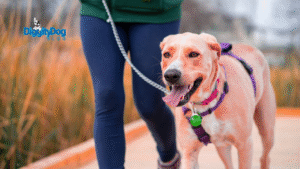
Why’s My Dog Like This?
At Diggity Dog, I’ve worked with pups who missed out on puppy playdates, rescues with rough pasts, or dogs just born wired. Sometimes, pain amps things up, so a vet visit’s a good call. Frustration reactivity? That’s when your dog’s desperate to chase a squirrel but the leash says nope, and chaos follows.
Spotting the Red Flags
Look for stiff tails, raised fur, or that intense stare. I had a rescue who’d go statue-still near kids total fear vibe. Catching these signs early lets you step in before the barking starts.
Keeping Things Calm: First Steps
Before we get to training, let’s talk about keeping the peace—because stopping blow-ups is huge in pet care. You don’t want your dog practicing those wild reactions, so let’s avoid triggers first.
Turning Home Into a Chill Zone
Set up a cozy spot a crate or quiet corner where your dog can relax. Add puzzle toys or a treat-stuffed Kong to keep their mind busy without stress. I love hiding treats around the house for a sniffing game it’s like doggy yoga.
Picking the Right Walks
Walk when the world’s quiet, like early morning or late evening. Empty parks or backroads are your friend. Apps like Sniff spot let you rent private yards for worry-free playtime. It’s all about helping your healthy pet feel safe.
Training That Makes a Difference
Now for the fun part teaching your reactive dog to stay cool. Forget harsh corrections. In 2025, it’s all about positive, gentle methods that make your dog trust you.
Starting Simple
Get your dog’s attention with treats or a favorite toy. Games like “touch” (nose to your hand) or “find it” build focus. Work far enough from triggers so your pup stays calm too close, and you’re asking for trouble.
Changing How They Feel
Make scary things awesome. See a dog far off? Give a treat before your pup reacts. Slowly move closer as they relax. My go-to is the “Look at That” game: Reward your dog for spotting a trigger, then looking back at you. It’s a lifesaver for leash drama.
Next-Level Tricks
Once you’ve got the basics, try quick turns to dodge triggers or teach “wait” to build self-control. Cheer for every little win your dog’s trying hard.
When to Get Help
Sometimes, you need a pro and that’s totally fine. A good trainer or behaviorist can customize a plan for your dog. Stick with folks who use positive methods, like those at Marin Humane. I’ve seen one-on-one sessions turn things around fast for tricky cases.
Extra Resources
Look for reactive dog classes or online communities like Reddit’s r/reactive dogs. Books like “Control Unleashed” or “Feisty Fido” are packed with practical ideas.
Helping Your Healthy Pet Thrive
Stick with a routine and mix in fun stuff like sniff walks or puzzle games. Jot down progress in a notebook to see how far you’ve come. Rough days? They happen. Keep at it, and your reactive dog can become the relaxed pal you’ve always hoped for.
FAQs
Is reactivity the same as aggression?
Nope. Reactivity’s an over-the-top reaction, often from fear or excitement. Aggression means intent to harm. Most reactive dogs aren’t aggressive, just loud.
Can reactivity go away?
Not always “gone,” but it can get way better with training. It’s about teaching your dog to handle stress.
Should I use a muzzle?
If there’s a chance of trouble, yes but make it fun with treats so they don’t mind it. It’s a safety net, not a punishment.
How long will this take?
Months, sometimes more. Every dog’s different, but steady effort makes a difference.
Can meds help?
In tough cases, maybe. Ask your vet about options like CBD or meds.
References
-
Cornell University Riney Canine Health Center: Managing Reactive Behavior
-
3 Lost Dogs: A Beginner’s Guide to Helping Your Reactive Dog
-
Marinij: Have a Reactive Dog? Here’s How to Help Them
-
Next Level Dog Training: Dealing with a Reactive Dog
-
Sniff spot: Where to Bring Your Reactive Dog for Training and Exercise

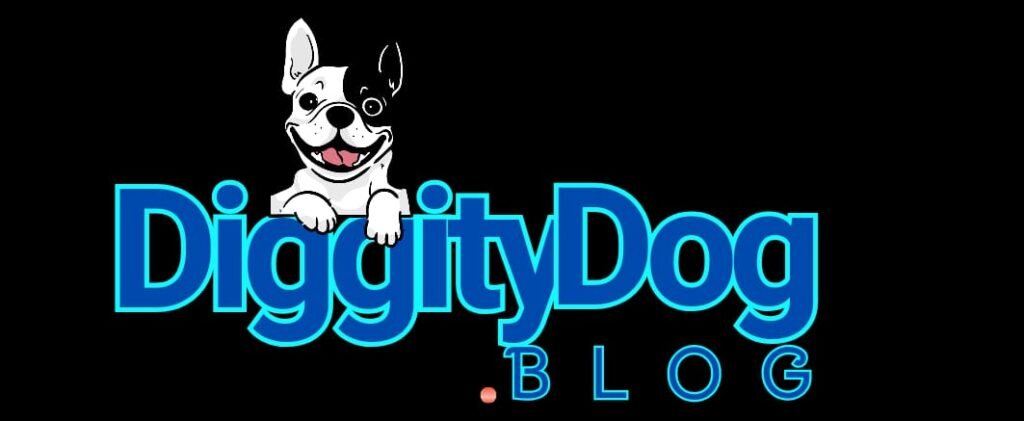

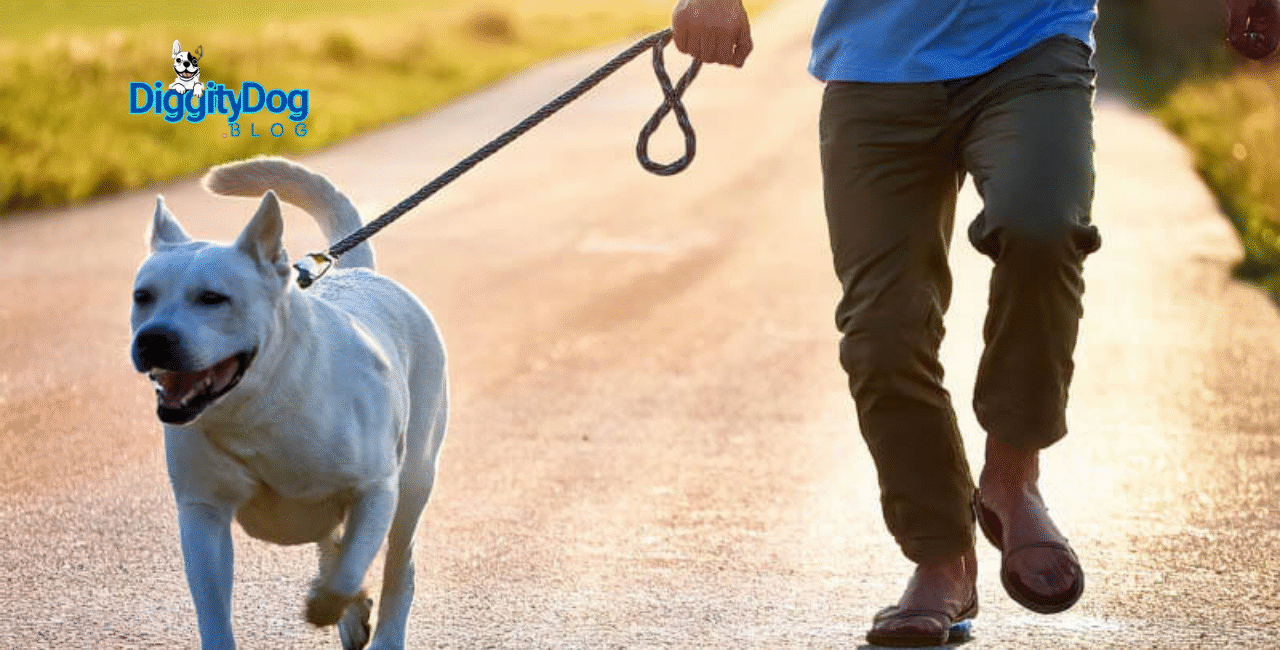
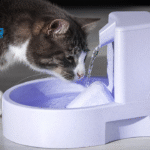
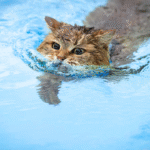
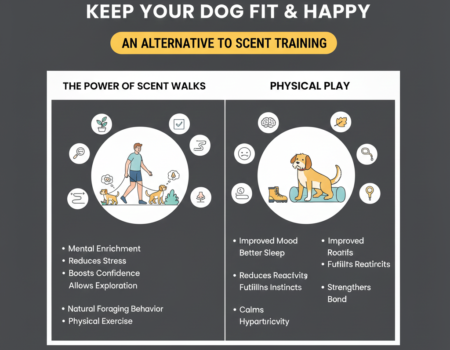
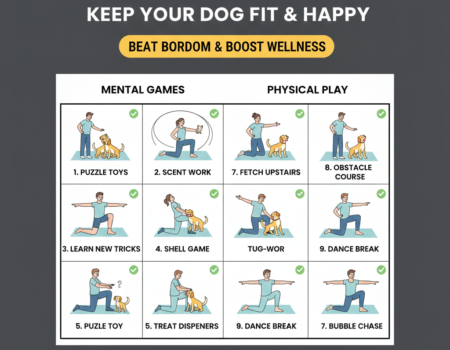
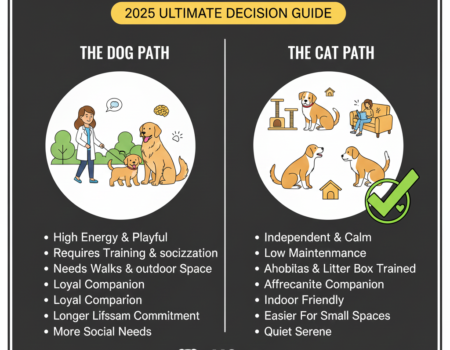
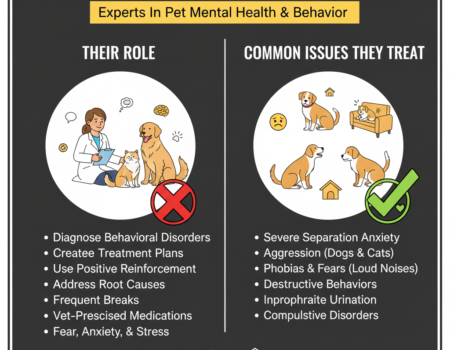
No Comment! Be the first one.